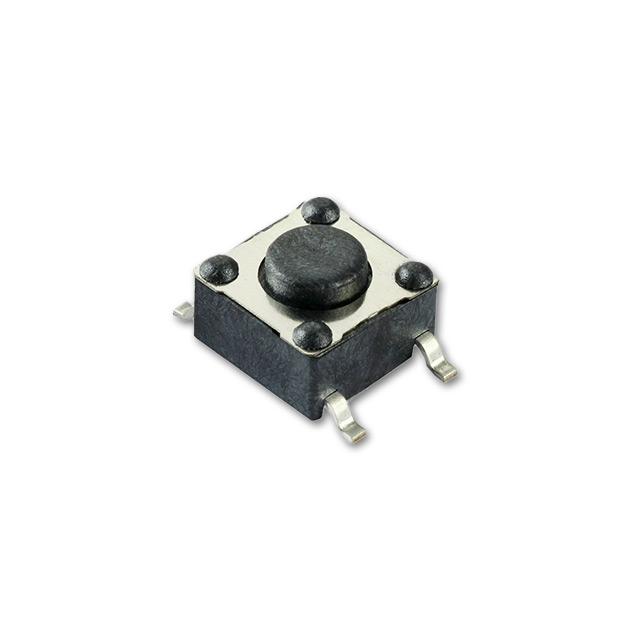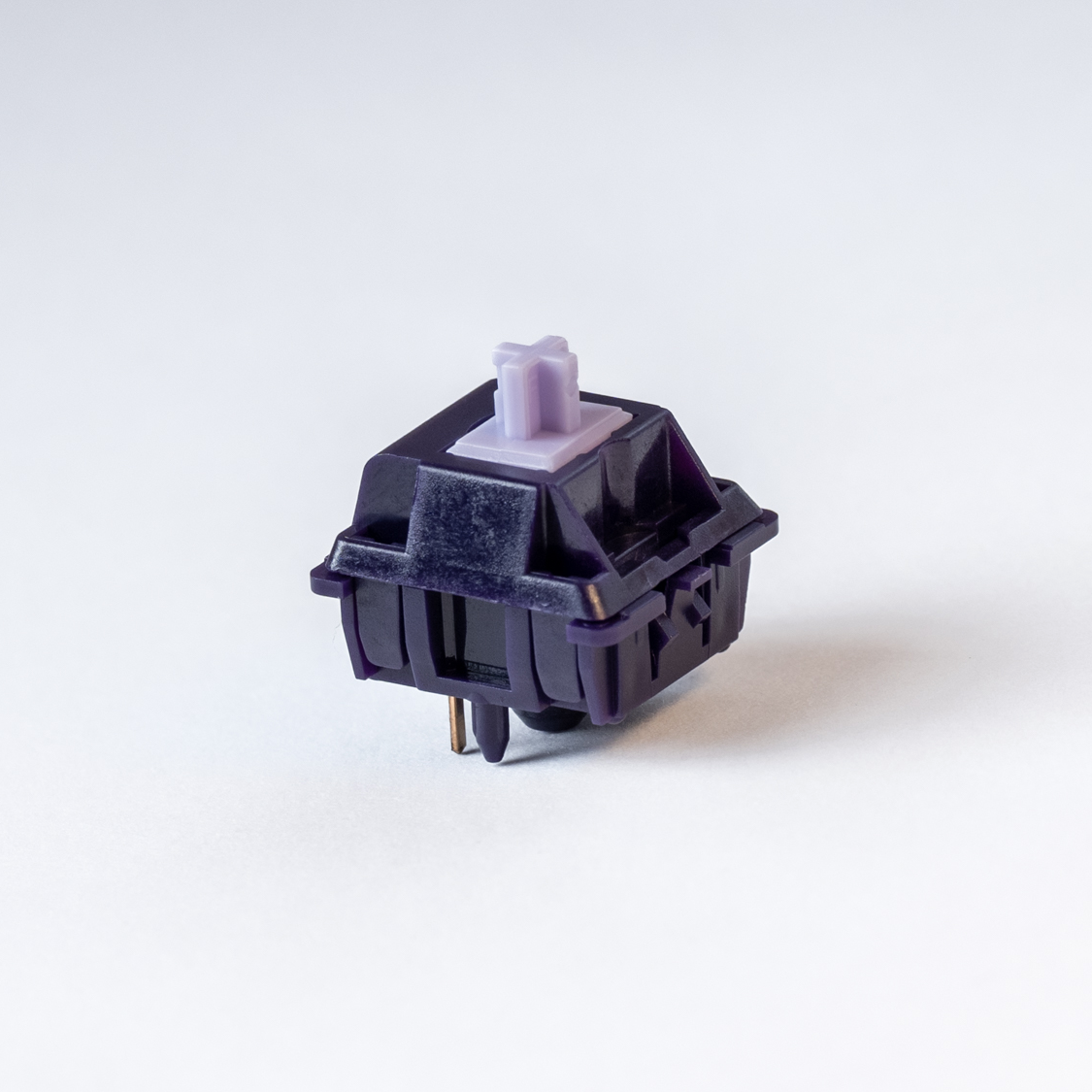Many mechanical keyboard users prefer tactile switches for their responsive feel.
The Importance of Tactile Changes in Creating Trustworthy Interface
Responsive switches, important parts in various digital tools, offer apparent comments through a physical experience upon actuation. This clear reaction is crucial in environments where visual or acoustic signs are insufficient, making sure customers with confidence engage with user interfaces without second-guessing their inputs. As modern technology permeates more elements of day-to-day live, understanding the subtle yet considerable effect of these turn on customer interaction comes to be crucial. Their role in improving individual experience welcomes additional expedition right into their prevalent applications and prospective technologies.
Comprehending Tactile Feedback: The Basics of Tactile Switches
Responsive buttons, necessary elements in numerous digital tools, offer immediate physical feedback when turned on. These buttons include a mechanism that individuals can really feel and hear at the point of get in touch with, verifying an action has been launched. Generally discovered in keyboards, remote controls, and commercial controls, responsive switches are preferred for their sharp, crisp feedback which improves the certainty of input commands.
The building and construction of a tactile button includes a dome-shaped rubber or steel that collapses and after that rebounds upon launch, completing an electric circuit. This activity produces a noticeable click. The distinct responsive and audible comments is essential for hectic environments like video gaming or in scenarios needing exact data access, where customers profit profoundly from instant physical confirmation of their inputs.

Efficiency in design likewise enables these buttons to be sturdy, typically sustaining millions of cycles without performance destruction, making them trusted components in both consumer electronics and high-demand industrial applications. - tactile switches
The Function of Tactile Changes in Enhancing Customer Experience

Furthermore, tactile buttons add to a more user-friendly customer experience. As an outcome, users commonly report greater degrees of comfort and decreased tiredness, particularly in situations entailing long term usage of technology, highlighting the necessary duty of responsive buttons in modern user interface this contact form design.
Applications and Technologies: Tactile Switches Over Throughout Industries
Where might one run into responsive switches outside of conventional customer electronic devices? In health care, responsive buttons are utilized in handheld diagnostic tools where exact comments is crucial for procedure.
In the vehicle market, responsive buttons add to much safer driving you could look here experiences by being incorporated right into guiding wheel controls and dashboard interfaces. This permits motorists to operate stereos, GPS, and other in-car imp source functionalities without averting from the roadway.
Similarly, in commercial settings, these switches are crucial for machinery controls where drivers depend on clear tactile comments to confirm effective activation or deactivation of devices, thus protecting against operational mistakes and boosting security in atmospheres that often entail high-stakes operations. These instances highlight how responsive buttons facilitate integrity and effectiveness throughout diverse markets.
Conclusion
